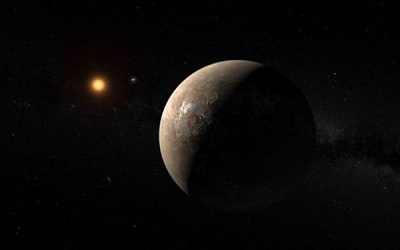随着PTE考生对PTE口语和PTE听力的重视,大家口语和听力的分数得到极大提高,但是PTE阅读渐渐成为考生们新的难题。墨尔本悉尼文波PTE特别为PTE考生们挑选了适合练习PTE阅读的文章,主题,内容,长度都与PTE阅读题中的文章相似。激活学过的词汇,更新新的词汇,提高阅读速度,全面提升自己的阅读能力。
Dr Sheppard, from the Carnegie Institution for Science in Washington and Dr Trujillo, from Northern Arizona University, have been analysing how the new planet-like bodies fit into larger theories about a ninth planet lurking in the Solar System’s furthest reaches. The evidence for this planet has largely been deduced by peculiarities of distant Solar System objects. One of the new celestial bodies, 2013 FT28, shares characteristics of its orbit in common with the bodies whose positions and movements lent support to the planet nine idea – but it also shows some differences. Based on analysis of other small bodies in the outer Solar System, astronomers have proposed that – if it exists – the ninth planet is several times more massive than Earth and is at least 200 times further than the distance between the Sun and Earth. The new work should help constrain the location of this proposed ninth planet. “The smaller objects can lead us to the much bigger planet we think exists out there,” said Dr Sheppard. “The more we discover, the better we will be able to understand what is going on in the outer Solar System.” Pluto, discovered in 1930, was previously known as the ninth planet. But its planetary status was removed in 2006, following the discovery of an object of comparable size in the Kuiper Belt, a ring of icy bodies just beyond Neptune.
lurk: v. 潜伏
deduce: v. 演绎,推断,溯源
peculiarities: n. 古怪
celestial: adj. 天的, 天空的
constrain: v. 强迫; 限制





